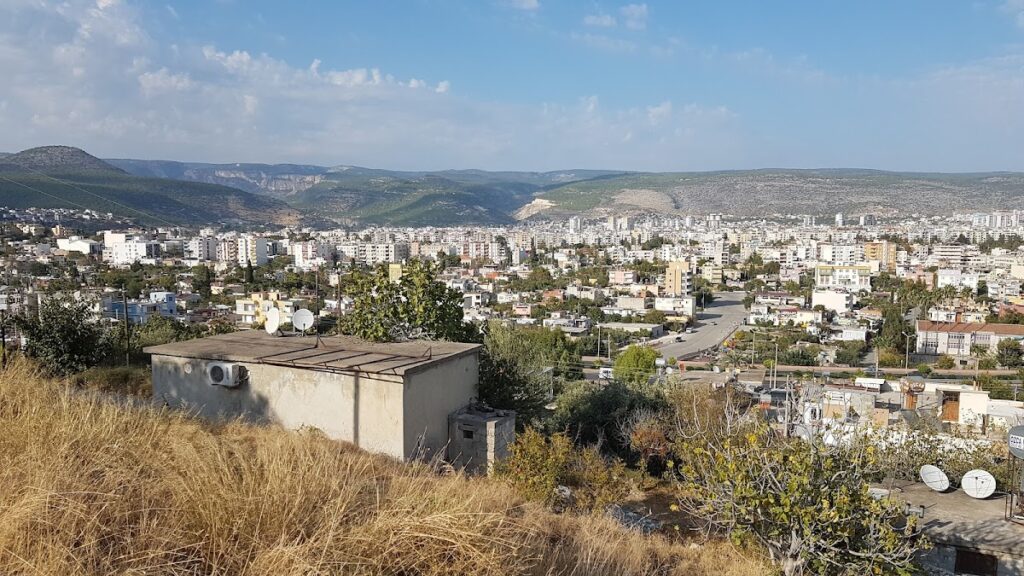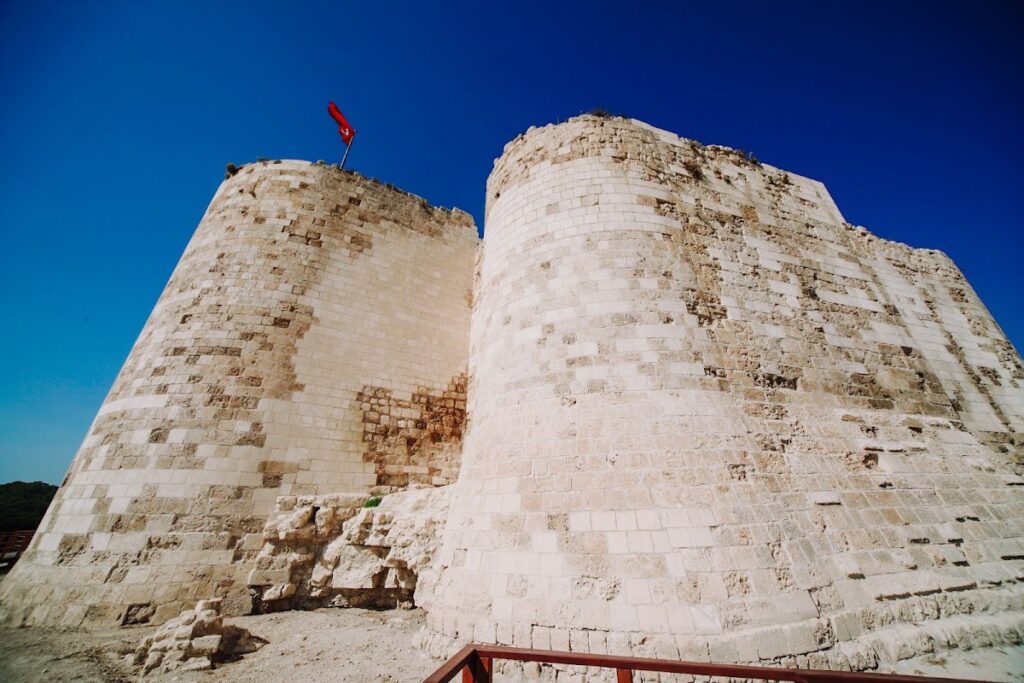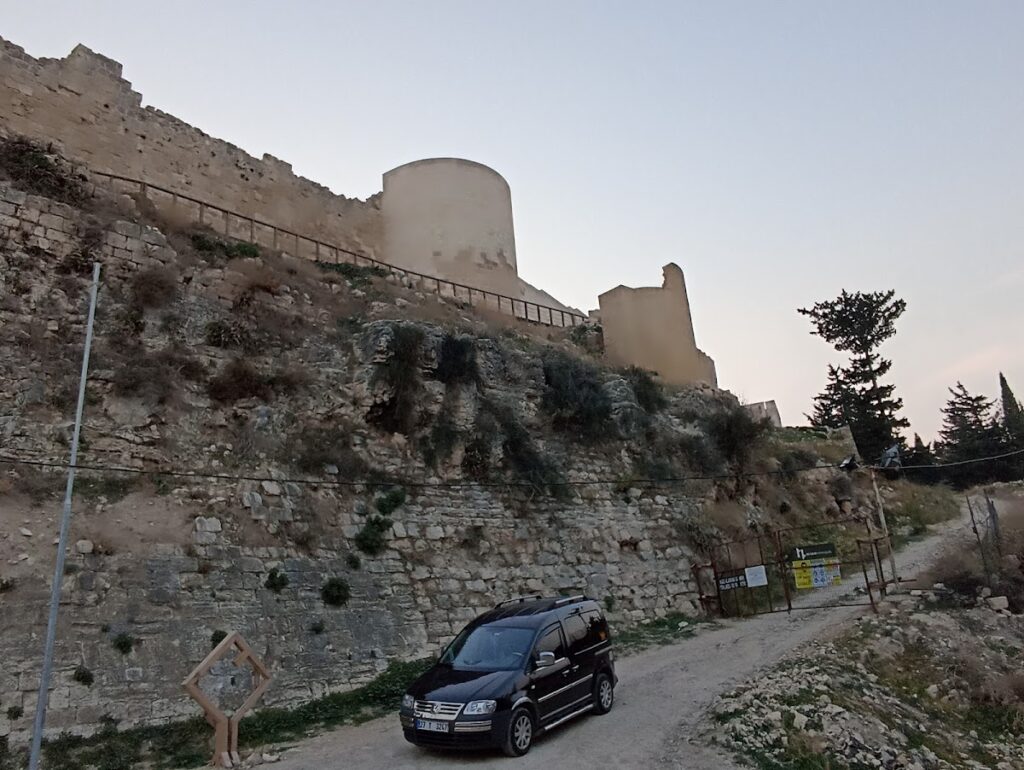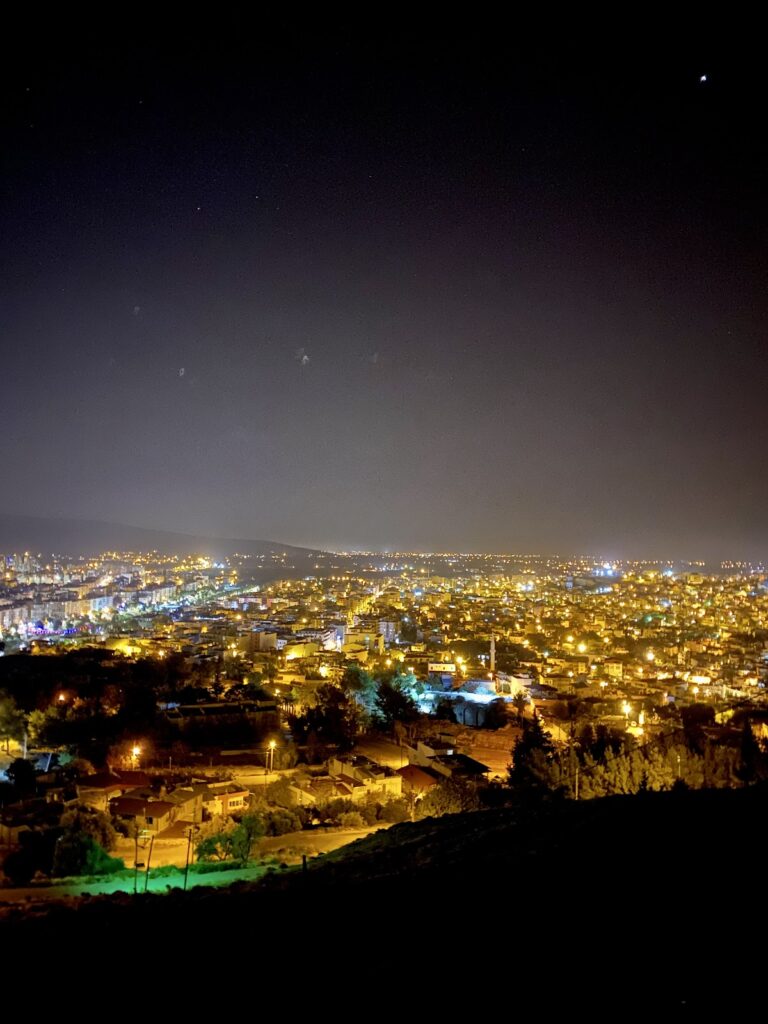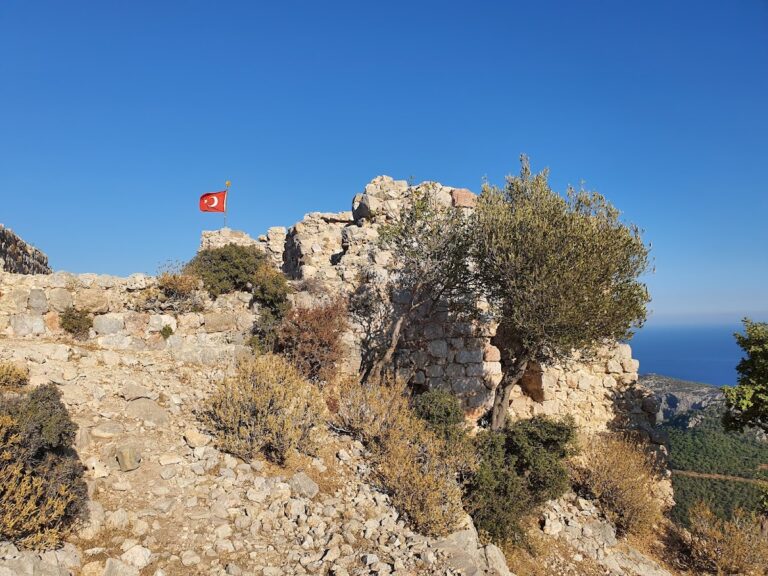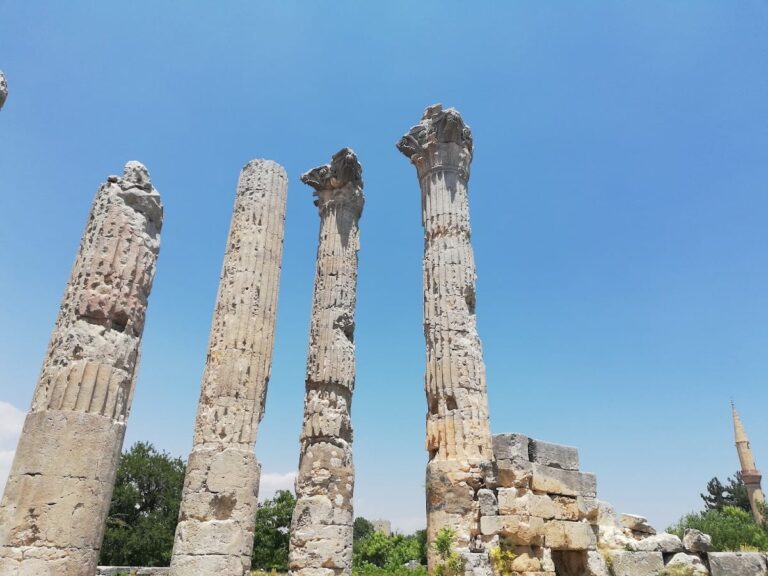Silifke Castle: A Medieval Fortress in Turkey
Visitor Information
Google Rating: 4.1
Popularity: Low
Google Maps: View on Google Maps
Country: Turkey
Civilization: Unclassified
Remains: Military
History
Silifke Castle is situated on a hill above the city of Silifke, within the modern municipality of Silifke in Turkey. This medieval fortress was originally constructed by the Byzantine Empire towards the end of the 7th century, built atop the remnants of an ancient acropolis. Its location was strategically chosen to defend the region against Arab invasions and to oversee important routes extending westwards from Cilicia and northwards through the Taurus Mountains.
Throughout the following centuries, Silifke Castle witnessed a series of military and political shifts. Despite frequent attacks by Arab forces, the Byzantines maintained control until 1098 when Crusader armies captured the fortress. In the years after this conquest, control of the castle fluctuated between the Byzantines and the Armenian Kingdom of Cilicia. A significant transfer took place in 1210 when King Leo II of Armenia handed Silifke Castle and the surrounding city to the Knights Hospitaller. This exchange was part of a military alliance, providing the Armenians with support against the Seljuk Turks in return for an annual payment.
The Knights Hospitaller maintained possession for about sixteen years before returning the castle to Armenian control in 1226. The Armenians undertook repairs and maintenance, as suggested by a partially preserved Armenian inscription that likely records building activities around 1236. After the 13th century, from the 14th century onward, the castle became part of the Karamanid Beylik, a regional Turkish principality that succeeded Armenian territories in this area.
Several travelers and scholars documented Silifke Castle over time. In the 15th century, Italian traveler Giosafat Barbaro described features like ancient sarcophagi, rock-cut tombs, sturdy iron gates, and a surrounding defensive wall stretching about three miles. Later, in the 17th century, Ottoman traveler Evliya Çelebi reported that the fortress had twenty-three towers and featured a mosque constructed under Sultan Bayezid II’s reign. Early 19th-century accounts by British naval officer Francis Beaufort noted the presence of two Armenian inscriptions inside the castle, while French orientalist Victor Langlois also recorded observations during the same period. Modern archaeological interest led to a detailed survey in 1979, with further excavations between 2010 and 2020 uncovering more about the site’s history and cultural layers.
Remains
Silifke Castle occupies an oval-shaped hilltop site, measuring around 250 meters from west to east and approximately 75 meters wide. It rises about 160 meters above sea level, overlooking the Göksu River valley below. The castle is encircled by a dry moat, formerly serving as a defensive ditch, and was once protected by a crenellated curtain wall punctuated with twenty-three towers. Today, ten of these towers survive, many still preserving their vaulted ceilings—arched stone roofs typical of medieval construction.
The outer walls primarily consist of finely cut ashlar masonry—large, regularly shaped stone blocks carefully fitted together without mortar gaps—which gives the fortress a solid and imposing appearance. The high-quality stonework is particularly visible on the exterior faces of the walls, where well-drafted stones display precise craftsmanship. Between the walls, residential and service structures were arranged around a central open courtyard, forming a self-contained community.
Within the castle grounds, notable ruins include a palace complex, storage chambers designed to hold supplies, and a cellar dungeon likely used for confinement or storage. A cistern is also found inside, indicating a system to collect and store rainwater essential for sustaining inhabitants during sieges. A mosque dating to the emirate period, reflecting Islamic architectural influence during later control, stands among these constructions. Historical accounts from the 17th century mention that the fortress precinct once contained some sixty houses alongside the mosque, highlighting its role as both a military and residential center.
Beneath the surface, numerous vaulted underground chambers or undercrofts remain intact. Some of these chambers feature pointed vaults, an arch shape common in medieval architecture that helps distribute weight efficiently. The castle’s main gate is located on the northern side, serving as the primary entrance to the fortress.
Archaeological excavations have brought to light several Armenian inscriptions, providing direct evidence of the castle’s historical connection with the Armenian Kingdom of Cilicia and their efforts in repairing or expanding the fortress. These findings complement the observations made by travelers and scholars over the centuries, revealing a layered history preserved within the fortress walls.
